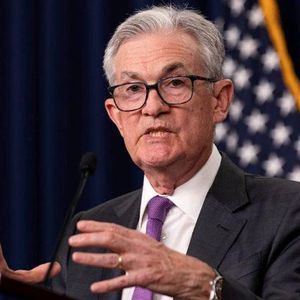Oil prices edged higher on Wednesday as traders weighed the likelihood of a new ceasefire between Iran and Israel holding firm. At the same time, Asian markets steadied and the dollar fell 0.1% to 144.70 against the Yen. Brent crude futures jumped by 1.3% to $67.99 per barrel by 03:41 GMT. The U.S. West Texas Intermediate climbed 1.4% to $65.24. Both contracts were trading not far above multi-week lows reached on Tuesday. Prices briefly spiked to five-month highs over the weekend after the U.S. launched airstrikes on Iran’s nuclear facilities, but have since eased as the ceasefire took effect. “Global energy prices are moderating following the Israel-Iran ceasefire. The base case for our oil strategists remains anchored by fundamentals, which indicate sufficient global oil supply,” noted JP Morgan analysts in a client briefing. A preliminary U.S. intelligence review found that American strikes did not fully destroy Iran’s nuclear capacity , only setting the program back by a few months. That assessment undercuts President Trump’s earlier claim that Iran’s nuclear efforts had been “obliterated.” On Tuesday, leaders in Tehran and Jerusalem separately signalled the end of direct hostilities after 12 days of escalating conflict. Both sides moved quickly to lift civilian restrictions, each declaring victory in a conflict that initially threatened to spill into global oil markets. “The Israel-Iran ceasefire is likely to prove fragile,” said David Oxley, chief climate and commodities economist at Capital Economics. “But so long as both parties show themselves unwilling to attack export-related energy infrastructure and/or disrupt shipping flows through the Strait of Hormuz, we expect bearish fundamentals in the oil market to continue from here.” The narrow Strait of Hormuz, lying between Oman and Iran, remains a focal point for traders. Between 18 million and 19 million barrels per day of crude and fuel pass through this path, nearly one-fifth of the world’s daily oil consumption. Asian markets stabilized while the dollar dipped Japan’s Nikkei and Australia’s S&P/ASX 200 were flat, while Taiwan’s TAIEX climbed 1%. Hong Kong’s Hang Seng rose 0.6%, and China’s CSI 300 eased 0.1%. U.S. stock futures showed little movement. Currency and bond markets reflected the easing risk of an oil-driven inflation spike. The U.S. two-year Treasury yield slid to 3.787%, its lowest since May 8, while the dollar index dipped 0.1% to 97.854. Against the yen, the dollar fell 0.1% to 144.70, and the euro gained 0.1% to $1.1625, approaching Tuesday’s peak of $1.1641—the highest level since October 2021. Federal Reserve Chair Jerome Powell warned on Tuesday that rising tariffs could begin to push up inflation over the summer, remarks made during testimony before the House Financial Services Committee. Meanwhile, a separate report showed U.S. consumer confidence unexpectedly declined in June, pointing to a cooling labour market. According to the CME FedWatch Tool, markets currently assign roughly an 18% probability of a Fed rate cut in July. Your crypto news deserves attention - KEY Difference Wire puts you on 250+ top sites


















